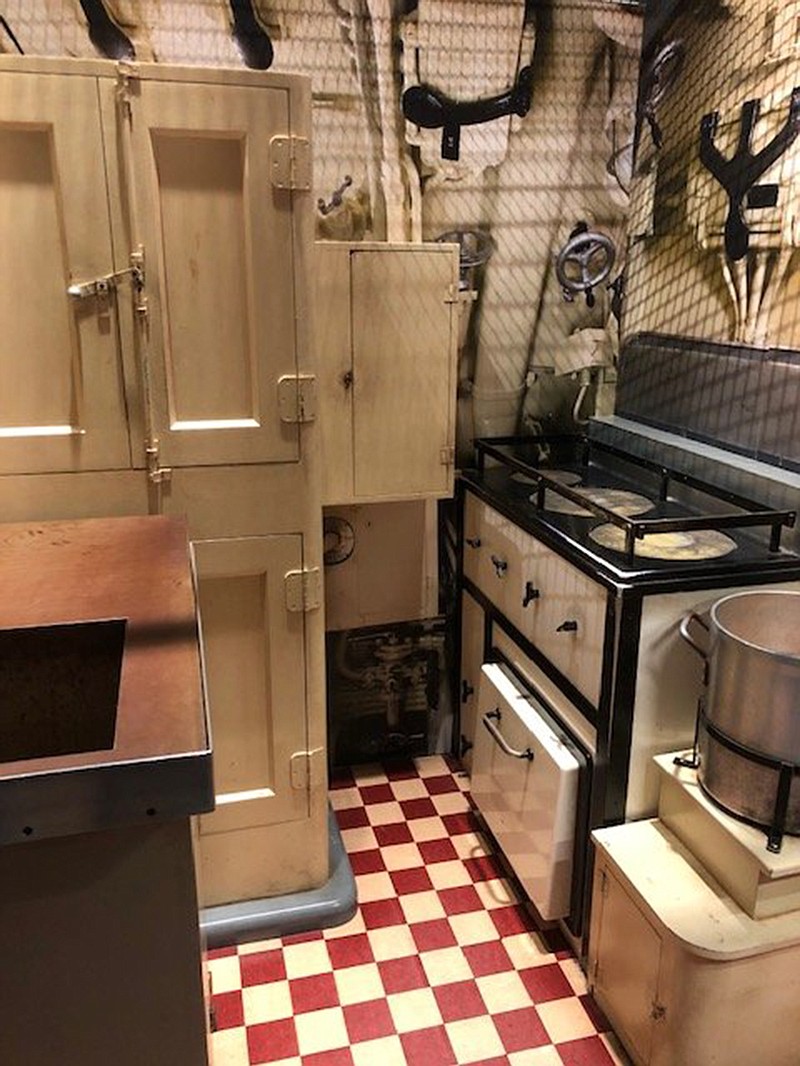I don't want to hear someone complaining about how small their kitchen is ever again.
A recent trip to Chicago included a visit to the Museum of Science and Industry to explore, among other wonders, the captured German WWII submarine U-505.
Of all the fascinating details of the tour, one that I found among the most fascinating was the galley.
The galley was crammed between a couple of small sleeping quarters for the sailors. One person could stand comfortably in it. Two could not. The ship's stove had just two hot plates for large pots and one for a small pot, and there was an additional tabletop hot plate that could also handle a large pot.
The oven was about the size of a large toaster oven today. And that was it. The sink, which one assumes was used to wash the dishes and pots, was commensurately undersized.
And there were 59 hungry mouths to feed three meals a day for weeks at a time. Whatever fresh they could bring on board was consumed first, for obvious reasons. The fresh foods included 494 pounds of fresh and cooked meats, 238 pounds of sausages, 595 pounds of eggs, 917 pounds of lemons (presumably to keep the crew free from scurvy), 2,365 pounds of other fruit and 3,858 pounds of potatoes.
When those and some other fresh items were depleted, they turned to preserved and canned meats (4,808 pounds), powdered milk (1,728 pounds) and dried potatoes (397 pounds).
And then there were the 2,058 pounds of preserved breads. Canned bread. The museum has the remains of a loaf of canned bread that was discovered hidden in the sub in 1995-more than 50 years after it was captured.
The loaf looked horrible and gross. Yet, somehow you kind of assume it hadn't changed significantly since it was first put into the can.

